![]() This learning track covers a comprehensive understanding of fundamental principles of physics and their applications in engineering. It starts with the exploration of Newton's laws of motion and the concept of equilibrium, using real-world examples like the force exerted by a wall or the force required to hold a block on an inclined plane. The track then delves into the study of structural systems, focusing on rigid bodies, their classifications, and the forces acting within them. It further explores the concept of frictional force and its real-world applications, using examples like belt drives and block systems. The track also covers the fundamentals of kinematics and motion analysis, explaining concepts like instantaneous velocity and acceleration. It concludes with an in-depth study of kinetics of rigid bodies, impulse momentum, and work energy methodologies, using practical examples like a block subjected to various forces, a bat hitting a ball, and a block falling in a gravitational field.
This learning track covers a comprehensive understanding of fundamental principles of physics and their applications in engineering. It starts with the exploration of Newton's laws of motion and the concept of equilibrium, using real-world examples like the force exerted by a wall or the force required to hold a block on an inclined plane. The track then delves into the study of structural systems, focusing on rigid bodies, their classifications, and the forces acting within them. It further explores the concept of frictional force and its real-world applications, using examples like belt drives and block systems. The track also covers the fundamentals of kinematics and motion analysis, explaining concepts like instantaneous velocity and acceleration. It concludes with an in-depth study of kinetics of rigid bodies, impulse momentum, and work energy methodologies, using practical examples like a block subjected to various forces, a bat hitting a ball, and a block falling in a gravitational field.
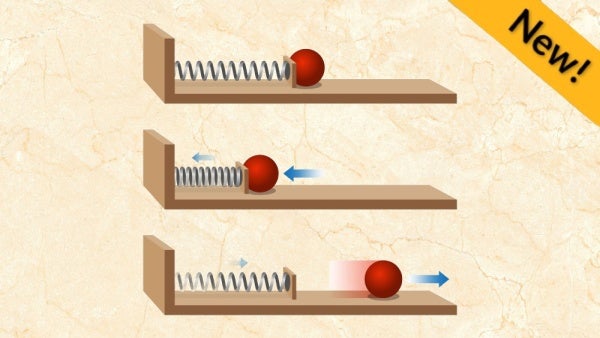
Innovation Course
Mastering Newton's Laws and Equilibrium
This course covers the fundamental principles of Newton's laws of motion and the concept of equilibrium in static systems. It begins with an in-depth exploration of Newton's laws, explaining how they govern the motion of bodies and how they are interconnecte...Read more
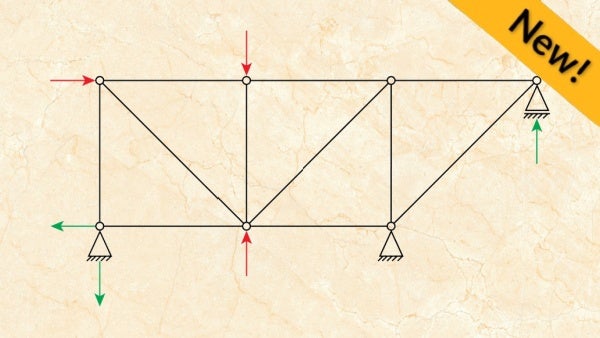
Innovation Course
Structural Systems and Stability
This course covers fundamental concepts of structural systems, focusing on rigid bodies, their classifications, and internal forces. It covers various structural systems like trusses, beams, frames, and introduces one-dimensional components. The course explains fo...Read more
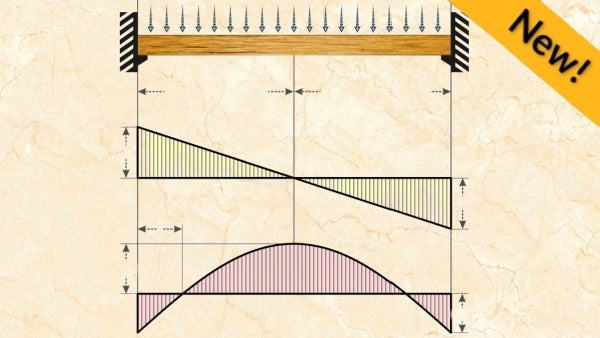
Innovation Course
Structural Systems and Forces
This course covers the fundamental concepts of one-dimensional structural systems, shear forces, and bending moments. It begins with an exploration of axial members and their behavior under various forces and moments. It covers drawing a line diagram of a one-dimensi...Read more
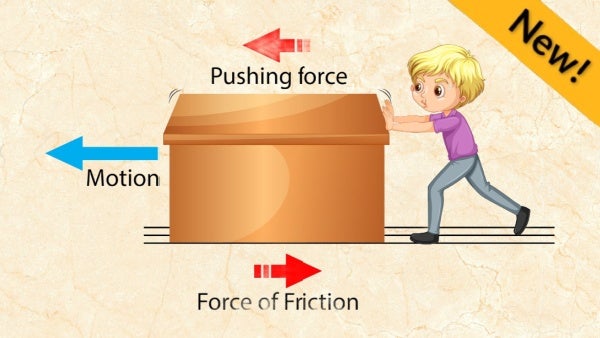
Innovation Course
Understanding and Applying Frictional Force
This course covers the fundamental principles of frictional force and its real-world applications, particularly in the field of mechanical engineering. The course begins with an in-depth exploration of the concept of frictional force, including how it o...Read more
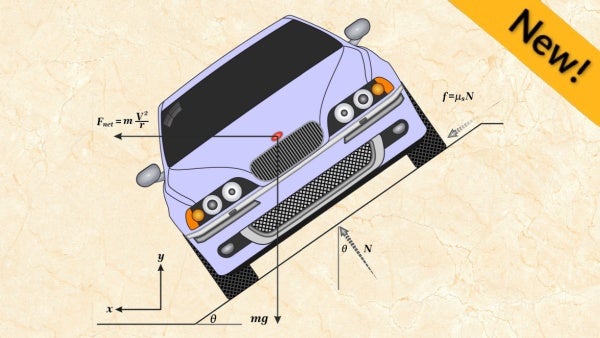
Innovation Course
Kinematics and Motion Analysis Fundamentals
This course covers the fundamental concepts of kinematics and motion analysis. It starts with the analysis of static systems such as trusses, beams, and friction. The course then transitions to the study of motion, introducing the concept of kinematics ...Read more

Innovation Course
Kinetics of Rigid Bodies
This course covers the fundamental principles of kinetics, with a special focus on the action of forces on rigid bodies. It starts with a comprehensive review of Newton's second law, illustrating how force triggers acceleration and the role mass plays in this equation. Th...Read more

Innovation Course
Understanding Impulse Momentum
This course covers the fundamental concepts of impulse momentum and the sweet spot in sports equipment. The course begins with the explanation of the sweet spot, a point on a bat or racket where the effort to hold the equipment is minimal when the ball is hit. This ...Read more
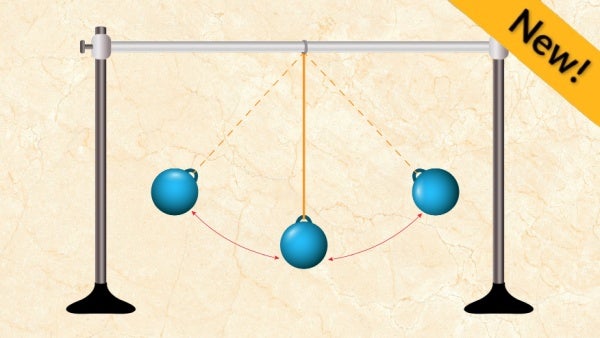
Innovation Course
Mastering Work Energy Methodologies and Applications
This course covers a comprehensive understanding of work energy methodologies and their applications in solving dynamical system problems. For instance, the course begins with the basics of Newton's second law and the impulse momentum approach,...Read more


There is no badge available for this learning track.
Please visit Guided Learning Paths to browse through our selection of other learning tracks.